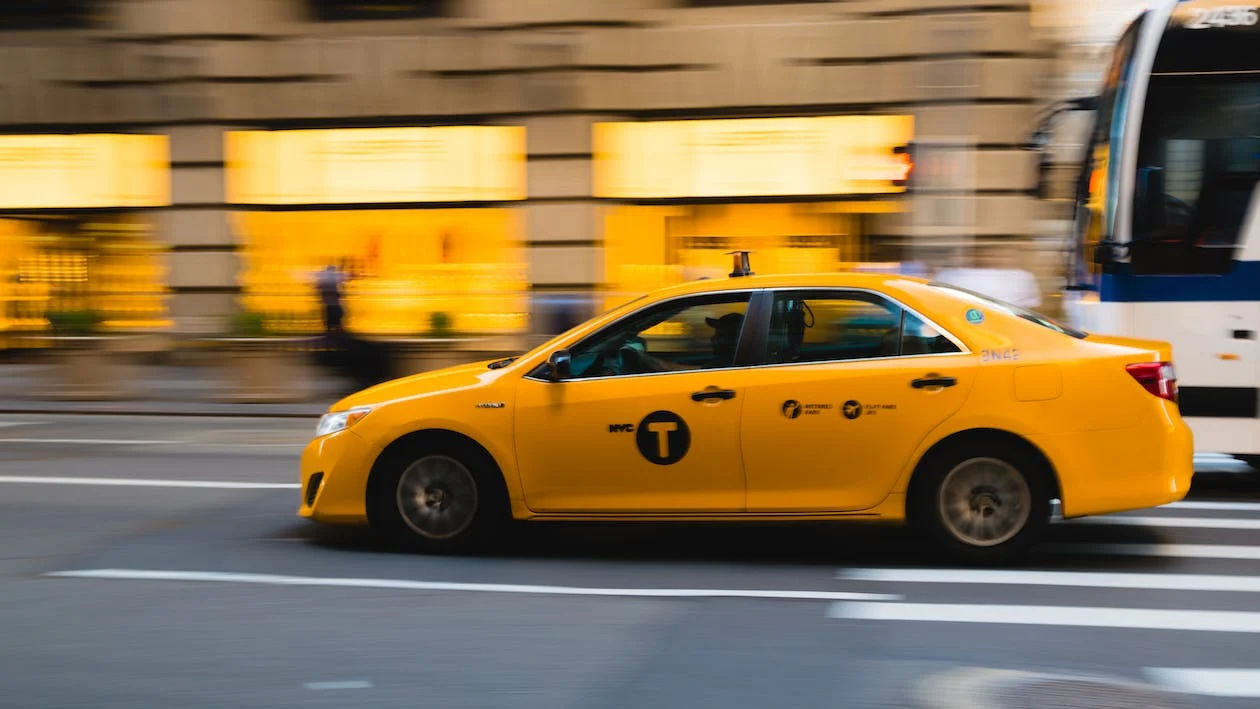
In a world where service jobs are growing, and the earning potential of these positions isn’t very high. Tipping around the world has become increasingly important for those in the industry. Whether it’s servers, bartenders, hair stylists, and others in the service industry, tips make up for low wages. Essentially, tips make up a substantial part of income.
Tipping around the world is not only a sign of respect and appreciation for good service. It has become an essential part of the American culture of hospitality. Unlike in Europe and a few other countries, customer service workers are encouraged to provide excellent service to customers with the hope of a well-deserved tip. While it isn’t mandatory – tipping around the world is greatly appreciated and expected.
So, why do we tip around the world? We tip for a number of different reasons. The appropriate tipping range is 15, 18, 20, and 25 percent. Tipping projects your satisfaction with the service received. In fact, it’s not uncommon for a waiter or manager to come up to you and respectfully ask you why you tipped so low. Generally, they will word it in a more professional manner, asking you if anything was wrong with the service. This may seem condescending to some customers. But most restaurants in the United States and around the world rely on constructive criticism, and if a customer tips low, it usually suggests that the service wasn’t great.

As I mentioned, tipping around the world is generally appreciated and encouraged, especially in the United States. This is because the federal minimum wage for tipped workers in the United States is $2.13 an hour, making tips crucial. But what if I told you that in some countries, tipping can be considered rude or offensive? And in others, tipping is unnecessary?
I moved to the United States when I was 18, and having lived in France prior, I was unaware of the importance of tipping. One evening my friends and I treated ourselves to dinner at a restaurant downtown. The waiter divided the bill into four and I owed $82. I gave exactly that. When the waiter came back with the checkbook to let us sign our receipts, he asked me if anything was wrong with the service.
I was confused and embarrassed. I explained that I was new to the United States and should’ve educated myself on tipping etiquette prior. The waiter was relieved to know that it was nothing personal and I tipped extra that night. I got home and spent the rest of the night researching the difference in tipping around the world… and made sure to never make a mistake like that again in the United States.
In Europe, a 15 percent charge is automatically included in a bill, whether it’s a restaurant, a cafe, or a bakery. If you’re feeling generous and you’re very happy with your dining experience. You can leave around 5 or 10 percent and it’s more than appreciated, but certainly not encouraged or necessary.
Have you ever heard the saying that “the French are so rude!” Well, it’s no secret that servers in Europe make a lot less effort than those in America, and it all comes down to the tip. Servers in the United States work harder to receive a tip, whereas servers in Europe already know 15 percent is included. This is why the United States is known for its incredible customer service.
And since tipping around the world is so different… Let’s talk about where you shouldn’t tip. Japan is one of the world’s most popular tourist destinations but is notoriously the one where you should not tip. It’s considered a rude gesture and can even be offensive. The Japanese philosophy is that the workers work as a team, and their form of a “tip” is a return. Gratitude and consistency is the best tip. Similarly to Japan, tipping could be considered rude in China. Some places in China offer a 10 percent service charge on your receipt. But there’s no need to tip on top of that or give extra cash even if a service charge wasn’t included.
South Korea is another East Asian nation where tipping can be considered offensive. You may be sensing a theme here, but the philosophy remains somewhat the same. With all these different etiquettes on tipping around the world, it can be difficult to remember where and where not to tip. So, it’s important to do your research before visiting a country so you avoid that embarrassing mistake I made when dining in the United States for the first time.

If you’re not a numbers person like I am, then you probably rely on the tip recommendations at the bottom of a receipt. Most receipts have conveniently listed the 15, 18, and 20 percent tip amounts, but if you do the math, most of those recommendations aren’t exactly correct. More and more people have noticed a couple of extra dollars than they were supposed to be. While it can also just be a generated error by the cashier system, it still remains incorrect and is worth looking out for. So don’t get upset with your server if you notice that the tip recommendations aren’t calculated correctly.
Unfortunately, you can get scammed when tipping around the world. Whether it’s at a restaurant or through a taxi service, if you aren’t familiar with the correct tipping etiquette of the country you are visiting. You’re likely to be scammed. Tourists are a perfect target for scamming a couple of extra bucks. Because most of the time, it goes unnoticed. A New Yorker is familiar with fees and tips and can easily notice if they’ve overpaid, whereas a tourist will just accept it.
Speaking of New York, yellow taxi cabs are a tourist’s favorite form of transportation. They’re everywhere all the time and it almost feels wrong to go to New York and not ride in a yellow cab. But these taxi drivers can easily take you and your Money for a longer ride, by taking a substantially longer route, charging you for luggage, charging you for extra people, or increasing the tip recommendations on the credit card machine encouraging you to pay more than you should have to.
Thankfully, there are a few things you can do to avoid getting scammed while tipping around the world. The first thing is to learn about tipping in the country you are planning to go to. Whether it’s a state or a different country, tipping around the world can be very different. Knowing how much to tip can save you a lot of Stress, embarrassment, and money. Another thing you can do is calculate a bill yourself.
If you’re like me and numbers just aren’t your thing, that’s okay! We live in a tech-savvy generation where you can simply calculate how much to tip online, there are even tipping calculator apps on your phone and Apple Watch that can become handy when in hesitation.
We’ve covered the stresses of tipping around the world but I want to go into one more thing that I think is important to deal with when traveling. Leaving belongings behind is something that seems to go hand in hand with traveling. It almost seems inevitable, whether it’s your phone, keys, backpack, or luggage – we all face the risk of leaving something behind. I personally experienced leaving my credit card at the restaurant after paying and tipping the server for his excellent job…not to mention sunglasses, an item that I lose at least once a year!
FOUND ME is there to help you in case you lose your belongings. FOUND ME provides interactive tags and labels with QR codes that can be attached to any of your belongings (credit cards, passports, sunglasses, PC, keys…anything that is valuable to you). When Good Samaritans find your lost item, they have to simply scan the QR code on the FOUND ME tag to open up a secure and anonymous chat with you, the owner, and start the returning process.
To learn more about our tracing mechanism and everything it has to offer, visit FOUND ME
{
“@context”: “https://schema.org”,
“@type”: “BlogPosting”,
“mainEntityOfPage”: {
“@type”: “WebPage”,
“@id”: “https://foundme.com/tipping-around-the-world/”
},
“headline”: “Tipping Around The World”,
“description”: “What is tipping culture around the world and where tipping is offensive. Learn how to avoid tipping scam with Found Me QR codes, tags and stickers”,
“image”: “https://babyboomer.org/wp-content/uploads/2023/01/pexels-photo-4968382.webp”,
“author”: {
“@type”: “Organization”,
“name”: “Admin”,
“url”: “https://foundme.com/”
},
“publisher”: {
“@type”: “Organization”,
“name”: “Foundme”,
“logo”: {
“@type”: “ImageObject”,
“url”: “http://foundme.com/wp-content/uploads/2022/02/favicon-1.png”
}
},
“datePublished”: “2023-01-09”,
“dateModified”: “2023-01-09”
}
The post Tipping Around The World appeared first on FOUND ME.
Notifications